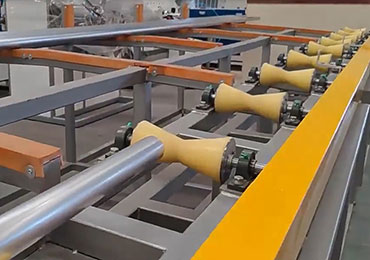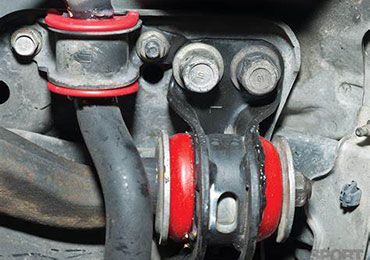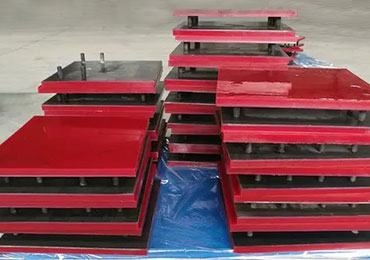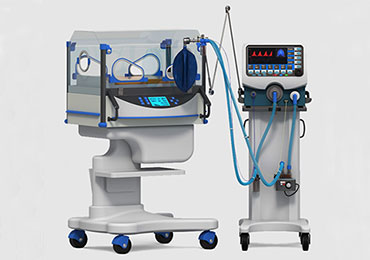Bonding Polyurethane to Steel
Polyurethane-to-metal bonding is a process where polyurethane is chemically or mechanically bonded to a metal substrate such as steel or aluminum. The result is a composite component with the combined benefits of urethane’s durability, elasticity, and chemical resistance and the structural strength of metal.
Key advantages include:
- Strong, durable adhesion to steel or aluminum.
- Resistance to impact, vibration, wear, and chemicals.
- Ability to create complex shapes and multi-material components.
- Cost-effective solution for medium- and high-performance applications.
We specialize in bonding polyurethane to steel and aluminum, providing custom solutions for high-performance components that require strength, durability, and precise adhesion. Our advanced processes enable us to produce urethane-to-metal parts that perform reliably in demanding industrial, automotive, mining, and material handling applications.
Whether your project requires vibration-dampening components, wear-resistant liners, bumpers, or custom profiles, we deliver tailored polyurethane-metal solutions that meet both functional and aesthetic requirements.
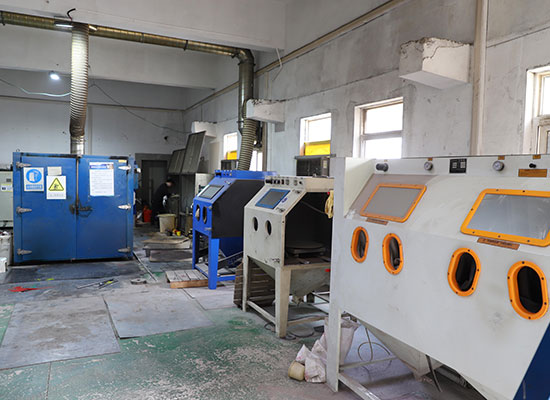
Our Polyurethane-to-Metal Bonding Capabilities
- Custom Urethane Formulations – Adjust hardness, flexibility, color, and chemical resistance.
- Metal Surface Preparation – Cleaned, primed, or treated steel and aluminum for optimal adhesion.
- Mechanical & Chemical Bonding – Combines adhesives and process-controlled curing for maximum strength.
- Complex & Multi-Part Components – Overmolding, inserts, or layered constructions.
- Low-Volume & High-Volume Production – From prototypes to large-scale production runs.
Polyurethane-to-Metal Bonding Process
- Step 1 – Design & Material Selection,Choose urethane hardness, flexibility, and wear/chemical resistance. Select metal substrate (steel or aluminum) and geometry.
- Step 2 – Surface Preparation,Clean and degrease metal surfaces.Roughen via sandblasting or mechanical treatment.Apply primer or chemical treatments if needed.
- Step 3 – Urethane Application,Apply liquid or pre-formed polyurethane to metal.Ensure full coverage and correct positioning.
- Step 4 – Curing & Bonding,Cure under controlled temperature and pressure.Monitor chemical or mechanical bonding for strong adhesion.
- Step 5 – Demolding & Finishing,Remove bonded component from mold (if used).Trim, machine, or finish surfaces as required.
- Step 6 – Inspection & Quality Control,Test adhesion strength, dimensions, and hardness. Validate performance under wear, impact, or chemical conditions.
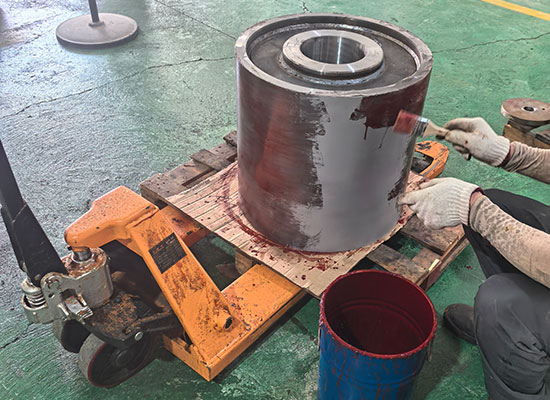
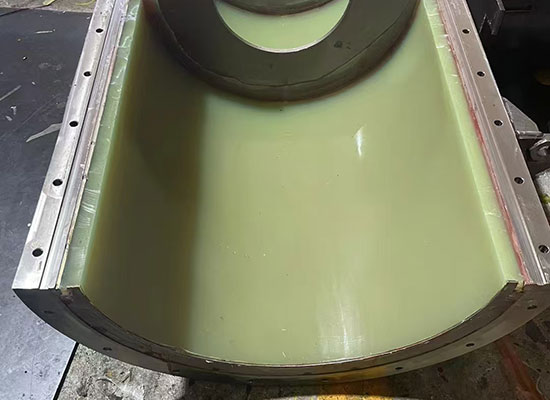
Quality Control of Bonding Polyurethane
We ensure every bonded component meets strict standards:- Adhesion testing to verify bond strength.
- Dimensional inspection to ensure precise tolerances.
- Material testing for hardness, abrasion resistance, and performance.
- Process monitoring for temperature, curing time, and surface preparation consistency.
Cases of Bonding Polyurethane to Substrates
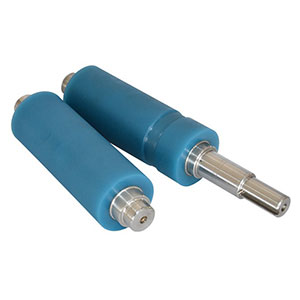

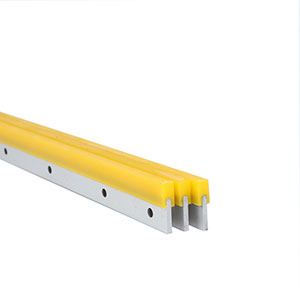
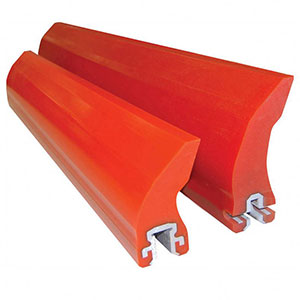


Application of Bonding Urethane to Metal
Why Choose Us?
As a trusted polyurethane molding manufacturer, we provide:
- Advanced polyurethane-to-metal bonding technology.
- Custom solutions for unique designs and high-performance requirements.
- End-to-end support from design and prototyping to full production.
- Reliable delivery, competitive pricing, and proven quality.
- Strong, reliable adhesion to steel or aluminum;
- Resistance to impact, wear, vibration, and chemicals;
- Ability to create custom shapes and multi-material parts;
- Extended component lifespan in harsh environments.
Applications are common in industrial machinery, automotive, mining, material handling, construction, and consumer products. Typical components include liners, rollers, bumpers, bushings, and protective parts.
Yes. We can adjust urethane hardness, flexibility, color, and performance properties. Special formulations like FDA-compliant, flame-retardant, or chemical-resistant grades are also available.
We monitor surface preparation, material application, curing, and bonding. Every part undergoes adhesion testing, dimensional checks, and performance validation to ensure reliability.
Bonding focuses on attaching polyurethane to an existing metal substrate, while overmolding combines urethane with plastic or other materials during molding. Bonded components are ideal for wear, vibration, or impact applications requiring strong adhesion.
Provide drawings, CAD files, or sample parts. Our team will review your requirements and provide a custom quote tailored to your project.




